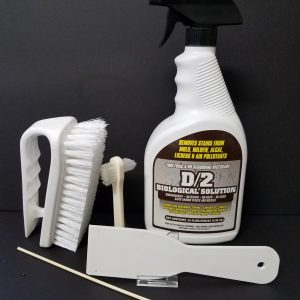Did you know there is a new way for you to use your DNA results to find your ancestor’s graves? If you combine the unique features of two great genealogical companies – BillionGraves and MyHeritage – you could uncover family history information that has been eluding you for years.
MyHeritage’s DNA Matching feature has a new twist and when it is paired with the BillionGraves app you may be surprised at what you will be able to uncover.

First, a little science lesson . . .
Understanding DNA in a Nutshell
What is DNA?
DNA is the instruction manual for building life: plants, animals, and humans. The DNA in your body is the unique instruction manual for creating you.
Your DNA is made up of 4 types of nucleotides: adenine, thymine, cytosine, and guanine. They are referred to by their first letters A, T, C, and G. Think of this as the genetic alphabet. The English language has 26 letters in its alphabet. The amazing alphabet for life has simply 4.
These 4 types of nucleotides come in pairs and we have more than 3 billion of them.

What does DNA do?
We have more than 30 trillion cells in our bodies. Each of those cells has an identical copy of your DNA. The cells in our bodies read the genetic code written on the DNA to determine whether they will become a blood cell, a bone cell, or another of our 210 different types of cells.
You could think of it as our cells being like a computer that gets its instructions from DNA, which is like a computer program or code.
How is the DNA code written?
The DNA code is written with the genetic alphabet of A,T,C, and G. These letters are recorded in sets of 3 called codons. A string of codons may look like this:
GAC CAG GGA ATC TGA AAT
Each DNA molecule is made up of thousands of codons. This allows for billions of different combinations.
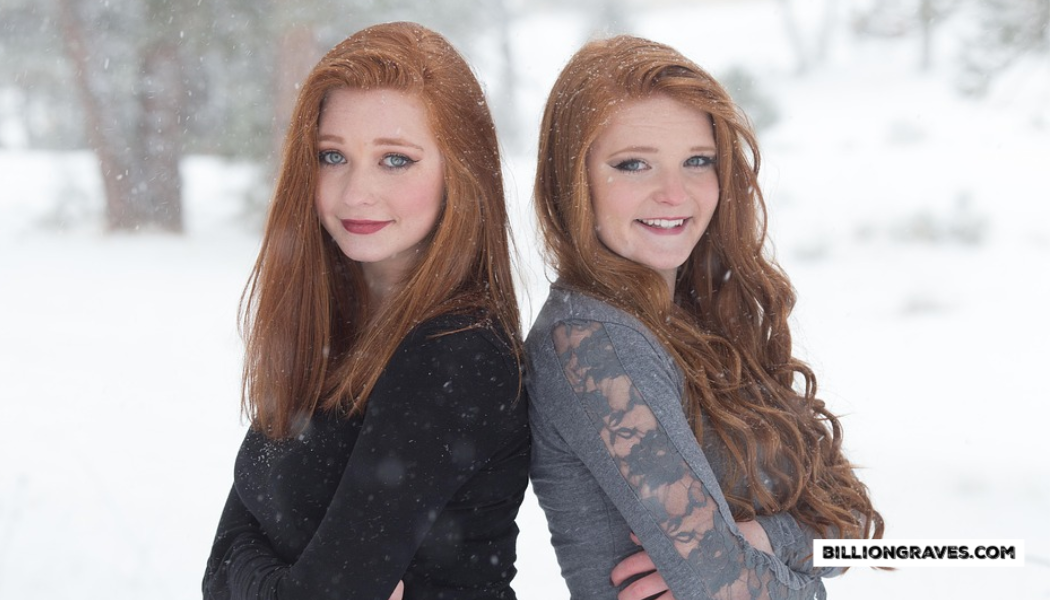
What makes me, me and you, you?
DNA is packaged as two long twisted strands. Each strand contains a genetic code that complements the other strand. You could think of it as a photograph and it’s negative. Only certain letters of the genetic alphabet can fit together. T and A always pair together and G and C always pair together.
A gene is a segment of DNA that can be passed from parents to their children. Genes determine the traits of the offspring, such as eye color, height, curly hair, freckles, and dimples.
Genes are organized in packets called chromosomes. At conception, each of us gets 23 chromosomes from our mother and 23 from our father. They are coupled for a total of 23 chromosome pairs. Scientists keep track of chromosomes by numbering them. Numbers 1 through 22 determine characteristics that appear the same in male and female offspring. The 23rd chromosome determines whether you are male or female.
Inherited DNA
You received half your DNA from your mother and half from your father. They each inherited half of their DNA from their mother and half from their father.
But that does not necessarily mean that 1/4 of your DNA comes from each of your maternal grandparents and 1/4 comes from each of your paternal grandparents. Nor does it mean that you received 1/8 of your DNA from each of your great-grandparents. DNA inheritance is random.
You and your siblings may receive anywhere from 0 to 50% of the DNA passed down from a grandparent. So, for example, you may receive 12% DNA from your maternal grandmother and 8% from your paternal grandmother.
There are segments of your DNA that match segments of your ancestor’s DNA combination exactly.

Siblings and DNA
You and your siblings each inherit a different portion of your parent’s DNA. So while theirs will not be identical to yours, you will still have about half of your DNA in common.
As your DNA results are analyzed, it is easy to see that if there is a person that has 50% of their DNA in common with you that that person would be your parent, brother, sister, or child. Knowing the gender and the age of the person that matches 50% of your DNA helps further identify the relationship.
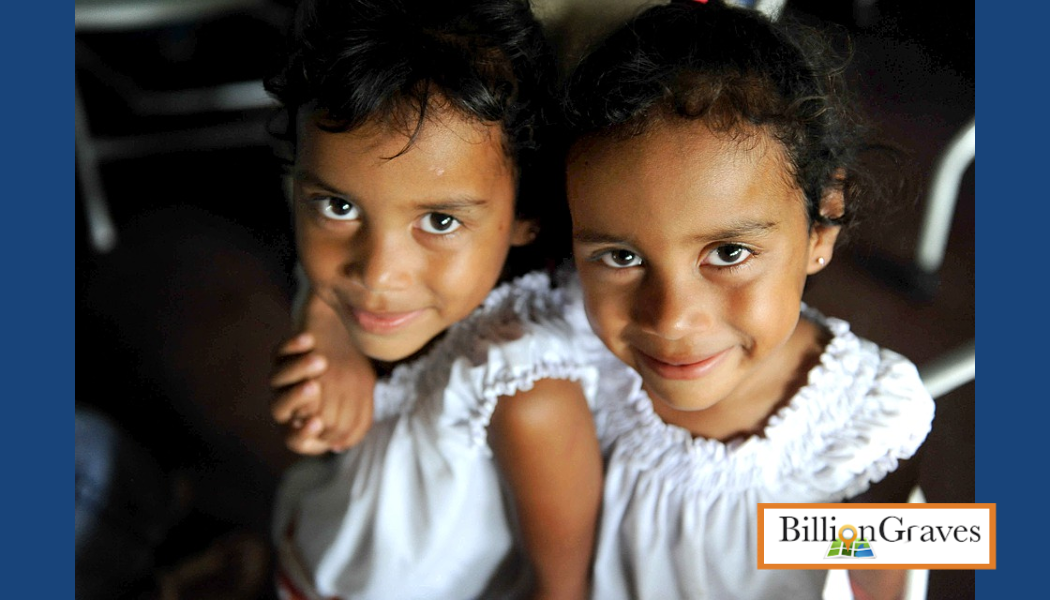
You look just like your mother!
The more DNA you share in common with someone the more traits you will have in common. That is why someone who has never met you, but knows your parents well, may be able to identify you as their child.
When I was a girl, trips to the grocery store seemed to take forever when I went with my grandmother. You see, she was an identical twin. So not only did we get stopped by everyone who wanted to say hello to her, but we also got stopped by everyone that wanted to visit with her twin sister. I once asked her why she responded to everyone the same whether they said, “Hi, Marge” or “Hi, Alice.” She said it was faster than explaining to each person that she was not her sister. She also taught me that they just wanted to feel love and kindness and she could do that much.
But, I digress – back to the science lesson . . .
DNA Matches and Shared Ancestral Places
MyHeritage DNA Matches
Because your DNA is identical in the nucleus of every cell in your body, one small sample will reveal the DNA sequence in all of your cells. A cotton swab sample taken from the inside of your mouth is all that is needed to determine your unique DNA code.
One of BillionGraves’ partners, MyHeritage, has a DNA database of more than 1.5 million people. DNA samples are tested in the MyHeritage lab and analyzed to determine which people are most likely to be your relatives.
Scientists in the MyHeritage lab compare your DNA with the DNA of other people, checking specifically for the amount of DNA you have in common, how many DNA segments you share, and the longest shared DNA segments. The people with whom you share the most in common are referred to as your DNA Matches.
On MyHeritage’s website, an estimated relationship is calculated for each of your DNA Matches. For example, a shared match may appear with their name, age, location, and a likely relationship of 1st cousin twice removed or a 3rd cousin once removed.

Shared Ancestral Places
Even after you have been paired with a DNA Match, it is sometimes difficult to discern which lines you share or who your common ancestor may be. But all of that may change soon because MyHeritage recently released an amazing new feature called Shared Ancestral Places.
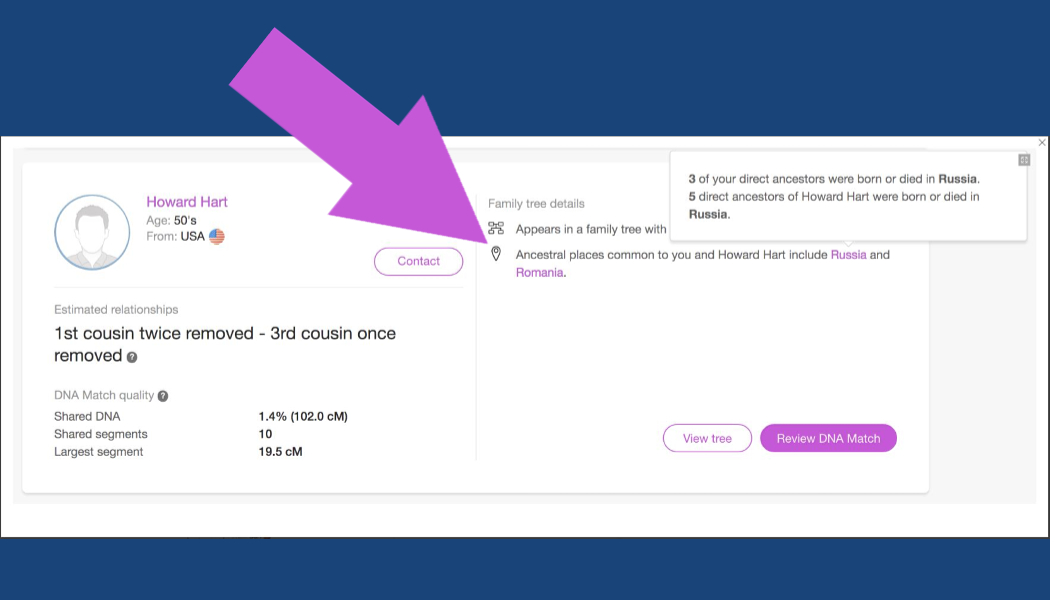
Here’s how it works. MyHeritage searches your family tree and the tree of your DNA Matches to find common ancestral lands going back up to 10 generations. Next to each of your DNA Matches’ names there will be a pin and a note indicating ancestral places you may share in common.
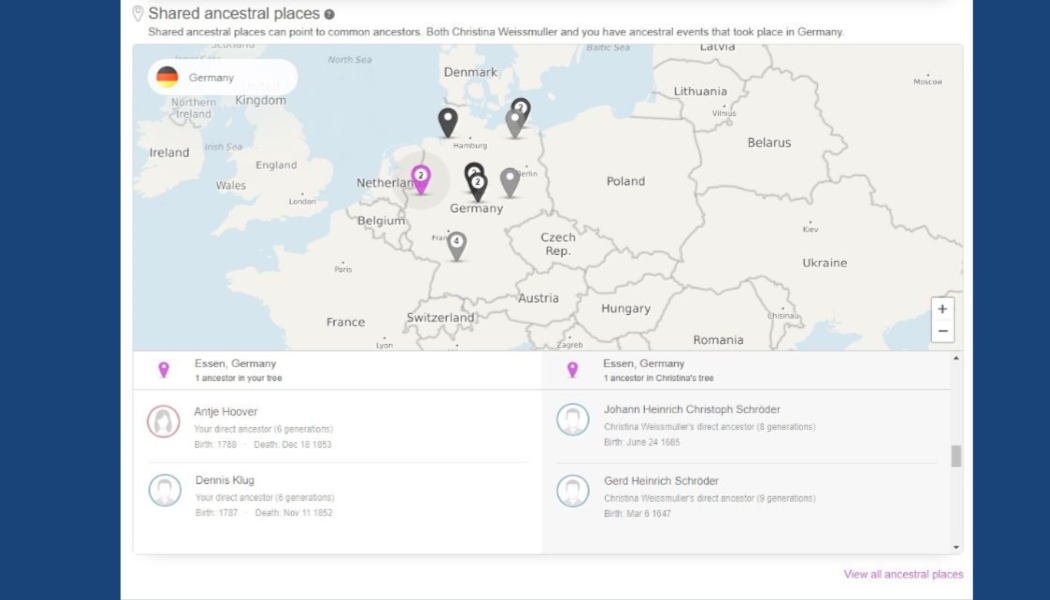
As you click on the pin icon, a map will open. The map will be marked with the places you and your DNA Match both have ancestors with life events.
Events from your family tree will be marked with light gray pins. Life events from your DNA Match’s tree will be labeled with dark gray pins. Purple pins indicate places where events occurred in both your trees. How awesome is that?!
Beneath the map, you will see a list of all the places your ancestors share in common with your DNA Match’s ancestor’s event places. Moving your mouse over the names on the list will lead you to that person’s profile in a family tree and allow you to search for further information.
Getting tested
If you haven’t yet taken a DNA test you can go MyHeritage DNA to order a test.
What if you have taken a DNA test, but it was not taken through MyHeritage? No worries, you can use your kit number to upload your DNA information to the MyHeritage website. Results will be available within a few days. This opportunity is free until December 1, 2018.
Next, upload a GEDCOM file with your family tree to MyHeritage and you will be ready to make use of the new Shared Ancestral Places feature.

Next up . . . BillionGraves app
Once you have found a DNA Match with a common ancestral land, contact them to see if they have further information about your ancestor. You can send them messages right through MyHeritage’s website.
Determine where your potential common ancestor lived by searching census records, tax records, land deeds, wills, and vital records in the area where they lived.
The chances are quite high that your common ancestor was buried in the area where they resided and particularly where they died. In addition, check to see if there are other close family members of the ancestor that died in the same location. Then select a cemetery that is nearest to their home or death place.
If you know their religion you could take that into consideration when selecting a likely burial location as well, since they may be buried in a church plot.
Drumroll, please. Now enter the BillionGraves app. Pairing MyHeritage’s new Shared Ancestral Places feature with BillionGraves could be a fantastic way to find your ancestor’s burial place and allow you to break through a genealogical brick wall.
BillionGraves’ mission is to preserve the world’s cemeteries, one headstone at a time. And taking photos with the app is quick and easy.
Plan a trip to the cemetery where you and your DNA Match’s common ancestor may be buried to document the gravestones there.
Invite your DNA Match to join you. If both of you bring family members the documentation will go quickly and be more fun. As you take photos in one row, your partner can take them in the next row. Leap-frog over your partner’s row when you complete your own.
You can imagine the celebration if you discover your common ancestor’s gravestone while you are with your DNA Match!

Using the BillionGraves App
It’s a good idea to check with the cemetery sexton or caretaker before you start taking photos at a cemetery. They may even have a list of those buried at the cemetery so you will know before you travel if you are headed for the right place.
Some older cemeteries have been abandoned and may not have caretakers. Others may be privately owned.
Next, grab your smartphone and load the free BillionGraves app. The BillionGraves app is both iOS and Android compatible. Set up a free account.
Then head out to your ancestor’s potential cemetery. Open the app and tap the large green button to start taking photos. It’s as easy as taking pictures of each grave as you walk along. The app will capture the GPS location automatically and in just a short visit thousands of records can be preserved.
Beginners can expect to take about 250 photos per hour and those who are more experienced may take 400 or more in an hour.
Photo-taking Tips
- Be sure all the names and dates are within the frame.
- If your shadow casts over the gravestone, stand off to the side.
- Clear away grass clippings and weeds that block information.
- Hold living plants and floral arrangements aside while you take the photo.
- If you have a group, those without smartphones can help others by clearing debris away from the headstones.
- If a gravestone is difficult to read, you can try spraying it with water or wrapping a piece of aluminum foil around raised letters.
- You can use the pencil icon in the other corner of the screen to transcribe photos that may be difficult for transcribers to read in a photo.

Linking Gravestone Images
The BillionGraves app has a unique feature that allows you to link images together. There is an icon on the corner of the screen that looks like a chain. Tapping on the chain icon will link the previous photo to the next photo.
So if the headstone has information on more than one side, tap on the chain icon in the corner of the screen to link the images together. Some stones are shaped like obelisks and may have information on 4 sides. Simply click the link between each photo to keep them all together.
The link icon can also be used to unite photos of family members. If you should encounter a row or grouping of headstones with the same surname, click on the link icon between each photo and they will stay together in the BillionGraves database. This linking feature will help you and other family researchers to find missing family members.
What to Take to the Cemetery
The most important items you can take when documenting a cemetery are:
- Your smartphone
- Portable phone charger or battery
- Drinking water
- Rags to wipe debris from the gravestones

For more ideas of items that would be helpful to have along when you are documenting a cemetery CLICK HERE.
Easily Upload Your Photos
Uploading your photos when you are done is quick and easy. It just takes one tap of a button. Uploading can be done at the cemetery if you have plenty of data or from home with a Wi-Fi connection.
When you upload your photos you will be given the option of transcribing the information from the images yourself or having others transcribe them. Go to https://billiongraves.com/transcribe if you would like to transcribe.
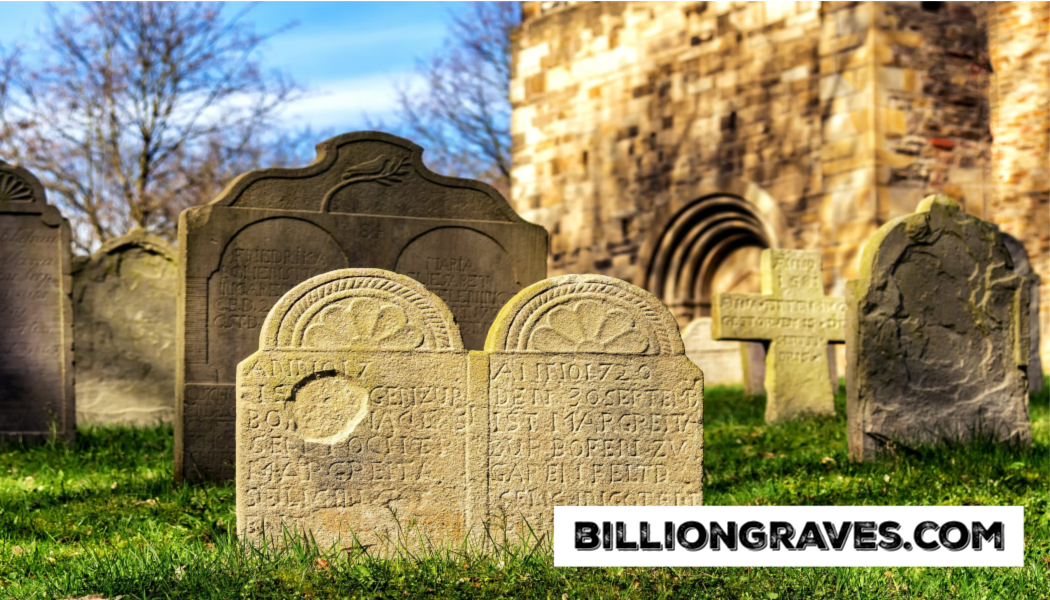
Look for Family Plots
Once the cemetery has been documented, you and your DNA match will be ready to sift through the gravestone information for your common ancestor’s family members.
With the BillionGrave Plus family plot feature, you will be able to search the cemetery for family names that are grouped together. They will be GPS-marked on a map. Did you know that 70% of people are buried in family plots? Those in close proximity to each other usually indicate familial relationships.
When you find the gravesite of your common ancestor, you and your new DNA Match cousin will both have cause to cheer!
Happy Family Tree Hunting!
Cathy Wallace



